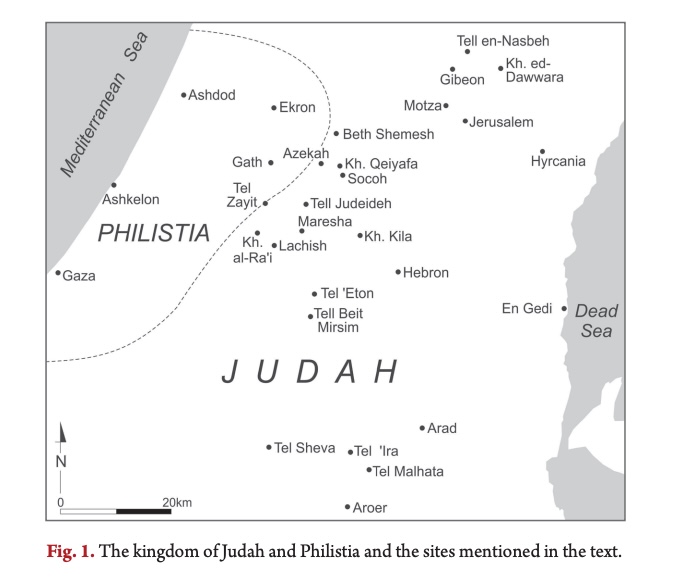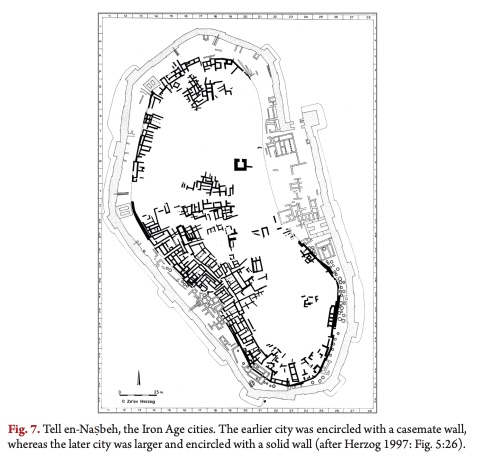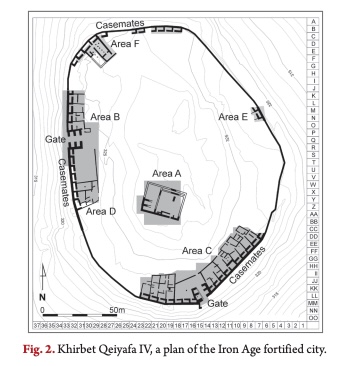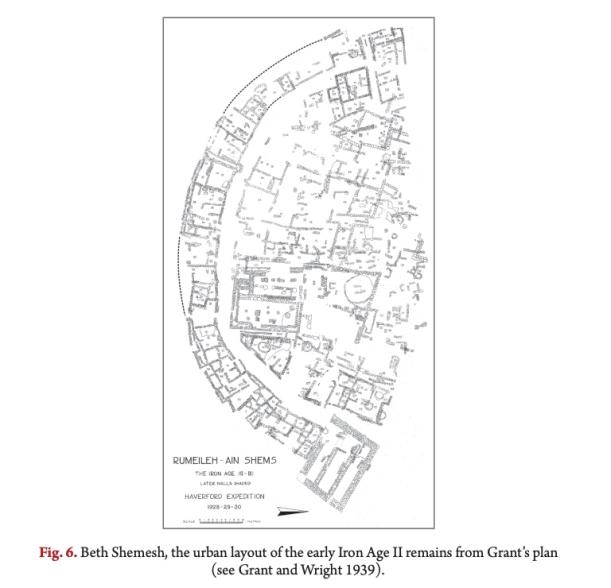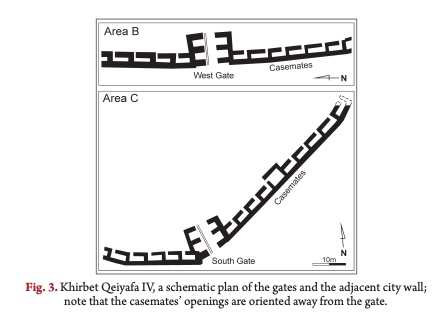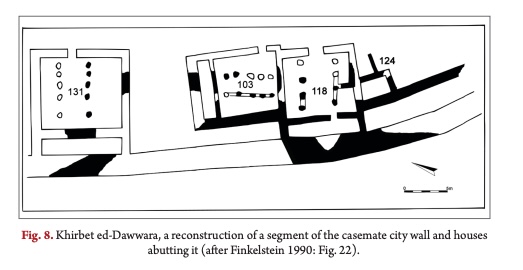‘Urban’ cities were ruled by Bible’s King David: archeologist
An archeologist claims the Bible’s King David could’ve ruled over a large kingdom, complete with roads connecting between cities, made up of fortified cities around Jerusalem.
Yosef Garfinkel, a professor at Institute of Archeology at the Hebrew University of Jerusalem, says he found evidence of urban settlement in organized cities dating to around 1,000 BCE, which would be during the reign of King David, as documented by the school and published this week in the Jerusalem Journal of Archaeology.
However, not everyone agrees with his allegedly historic discovery.
Garfinkel’s findings would mean urban cities in that area could have been established more than 200 years earlier than previously believed — and during the reign of King David, who ruled from 1104 to 960 BC during the Iron Age.
He claims the cities all featured two parallel walls in the center and organized roads, suggesting the network was connected to one kingdom.
Garfinkel’s paper also reports that the freshly discovered five cities were between a half-day and a day’s walk from Jerusalem: The ruins sites are in Khirbet Qeiyafa, Tell en-Naṣbeh, Khirbet ed-Dawwara, Lachish and Beth Shemesh, north and west of Jerusalem.
However, Garfinkel’s findings weren’t excavated from the earth. Instead, they came to light after an archaeologist spent years digging through old archaeological publications.
“I hate to use the term ‘trying to prove the Bible,’ because I’m not trying to prove anything,” Garfinkel told the Times of Israel.
“There are biblical traditions, and we can see if these have historical memories or not … It doesn’t mean that everything, 100%, is historical memories,” he added. “Sometimes there are mistakes, sometimes there is wishful thinking, sometimes there is ideology.”

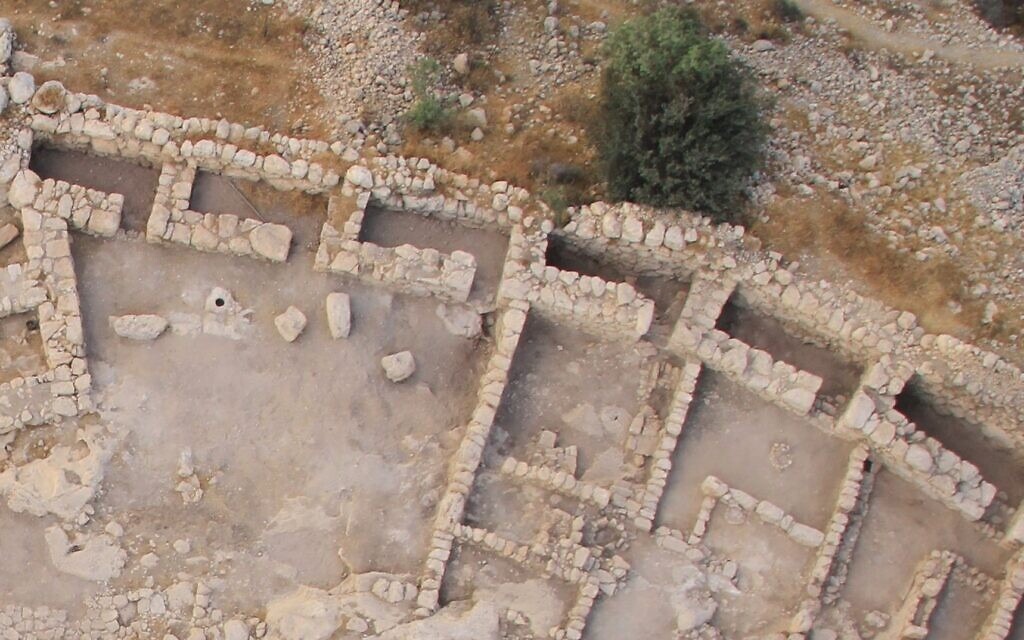
Meanwhile, other archaeologists are skeptical of Garfinkel’s claim.
“I think it’s an oversimplification and he is flattening the details,” Prof. Aren Maeir, an archaeologist from Bar Ilan University, told the Times of Israel.
“There are a lot of small details I don’t agree with, and there are generalizations over a wide period that are problematic.”


Maeir continued: “It’s like when a fisherman tells you about the type of fish he caught and with each story, his arms get wider and wider. Is it a sardine, a mackerel, or a blue whale? If you read the biblical text and take it literally, then it’s a blue whale.
“I think that probably there was a small kingdom in Jerusalem, but we don’t know the influence that this kingdom had,” he concluded.
The Post has contacted Garfinkle for comment.
Read the full article Here


